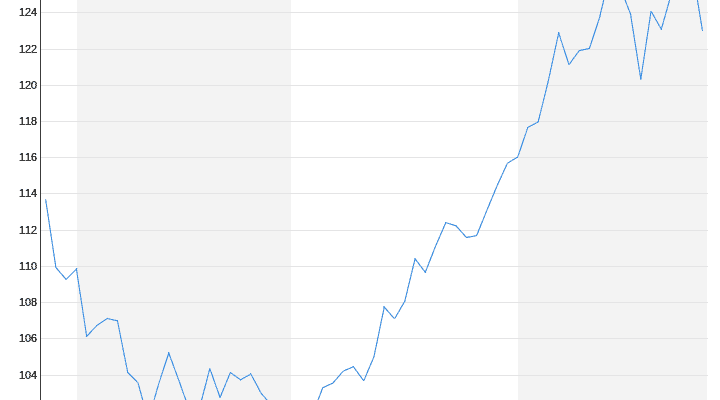Wednesday July 28, 2021
iPhone mainstay
Apple: sales like in Christmas business
At the beginning of summer, Apple’s business is usually rather quiet – but this year everything is different, during the pandemic sales of Macs and iPads are booming, as they usually only do shortly before Christmas. The iPhone remains the money machine, with which the supply bottlenecks in the industry are noticeable.
Apple made as much money in the past quarter as it once did in the Christmas season. Revenue jumped 36 percent year over year to $ 81.4 billion. The bottom line was a profit of a good 21.7 billion dollars (18.4 billion euros), 93 percent more than a year earlier. For the current quarter, Apple again promised double-digit growth – but at the same time warned that the iPhone would also be affected by the current bottlenecks in the tech supply chains.
In the past quarter, it was again the iPhone that provided the majority of the growth. Sales in the iPhone business rose by almost half to around 39.6 billion dollars, as Apple announced after the US market closed on Tuesday. But there was also significant growth in Mac computers, iPad tablets and other devices. Apple’s third fiscal quarter, which runs until the end of June, is traditionally rather unexciting, among other things because many potential iPhone buyers are already looking towards autumn in anticipation of new models. But this time there were an extraordinary three months. Sales are comparable to revenues of $ 84 billion in the Christmas quarter of 2018 and profits to the $ 22.2 billion surplus a year later.
Cook worries about transportation costs
The stock market is looking ahead, however, and even after the numbers, the question hung in the room as to how well Apple can hold its own against the global supply bottlenecks, among other things for semiconductors. For the past quarter, Apple had already predicted three to four billion dollars lower revenues from scarce components for iPads and Macs. With some of the problems, Apple was able to take countermeasures, so that the burden was lower in the end, said CFO Luca Maestri. In the current quarter, however, it will hit the iPhone and iPad – and the negative effect will be higher, he warned. Maestri did not mention a number this time. Apple CEO Tim Cook also did not comment on whether the bottlenecks could also affect the Christmas business. At the same time, however, he restricted the fact that there were more problems with chips with older technologies and that the component expenses for Apple decreased on average, even if there were some fluctuations. The costs rose elsewhere: “We pay more for transport than I would like.”
Apple doesn’t have to worry about the financial cushion for this. The company sits on reserves of 194 billion dollars – even if they are offset by debts of 122 billion dollars. Before the US tax reform, Apple had held foreign profits in Ireland, among other places. Given the higher tax rates at the time, it was cheaper to borrow for dividends to shareholders than to bring the money back to the US. In the meantime, Apple is paying tax on foreign earnings in the USA.
The lucrative services business, in which revenues from subscription offers such as Apple Music or iCloud storage flow together, grew by almost a third to just under 17.5 billion dollars in the fiscal quarter that ended at the end of June. Apple has more than 700 million subscription customers – around 150 million added within one year.
Since the beginning of the corona pandemic, working and learning from home had led to a sharp rise in sales of Macs and iPads, among other things. This trend continued now. Mac sales grew 16 percent to $ 8.2 billion, and the iPad business grew 12 percent to nearly $ 7.4 billion. In the division with AirPods headphones, the Apple Watch computer clock and accessories, sales rose by 36 percent.
And Apple emphasizes that the group’s devices can attract new customers. Three quarters of watch buyers would have bought their first Apple watch. Around every second buyer has bought a Mac and iPad for the first time. The quarterly figures were significantly better than analysts expected. The share fell in after-hours trading, however, by around two percent.
.
